On the way home from my early-evening refreshing (read: cold!) open-water swim, I noticed the tiny, four-day-old baby crescent Moon right out of the Slavic Dreamworld. All this image needed was a giant, menacing raven.
It didn't even qualify for being called "Luna," so I referred to it as "Lunochka."
By sunset, it mischievously dove in and out of multicolored clouds, as if playing hide-and-seek.
It was not until Darkness falling that I noticed how little Lunochka was actually vengefully yellow.
This made me look up the Moon calendar for the next two months, realizing that October's Full Moon falls right on my birthday!
< Insert sunglass-smiley here. >
Of course, I plan to visit London, followed by Washington, D.C., and, possibly, New York City around that time. If this trip works out, city lights will be sure to obscure my Moon.





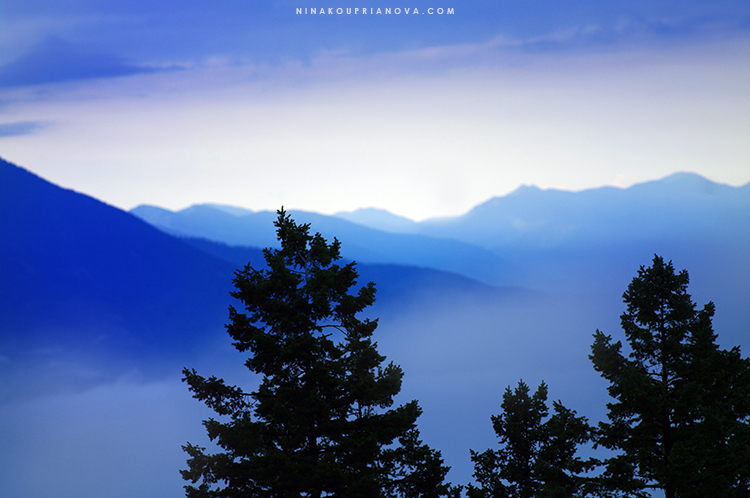
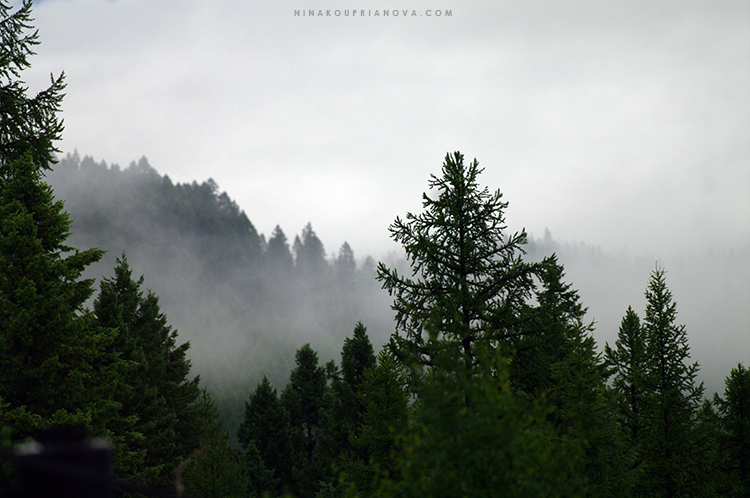
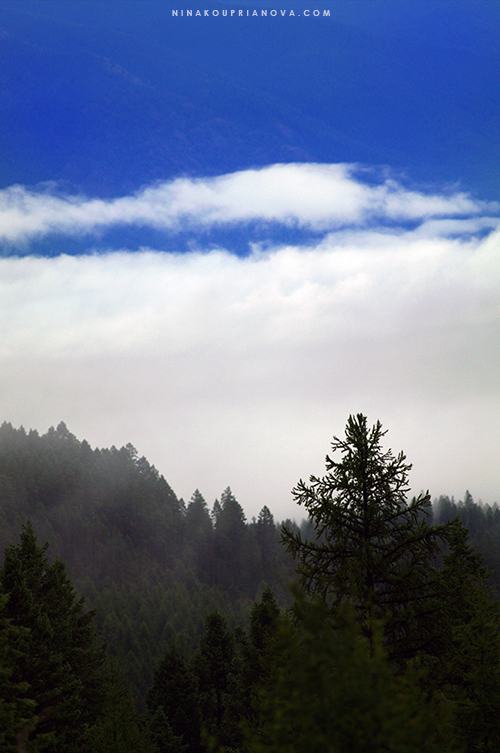


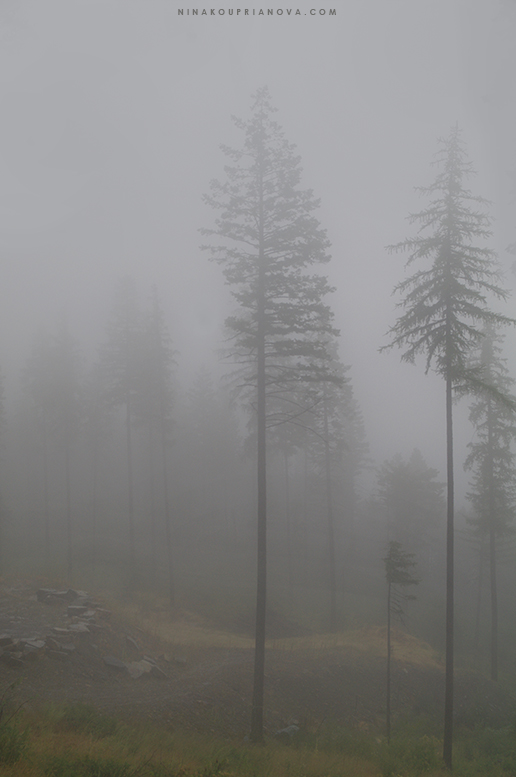

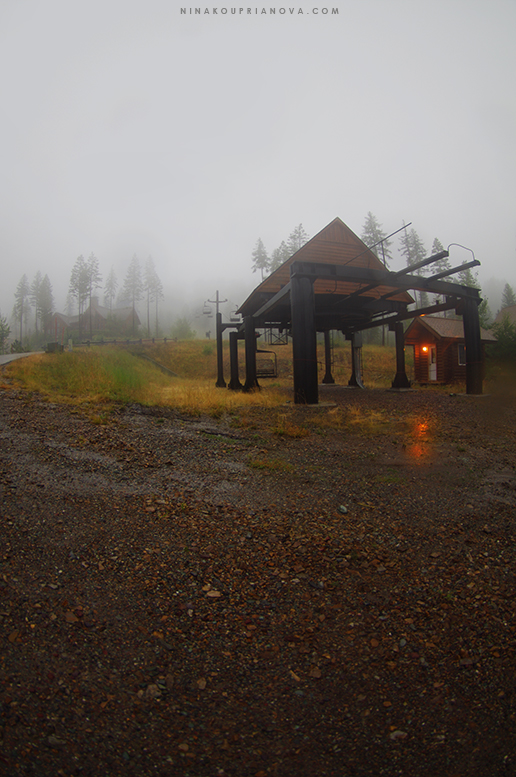


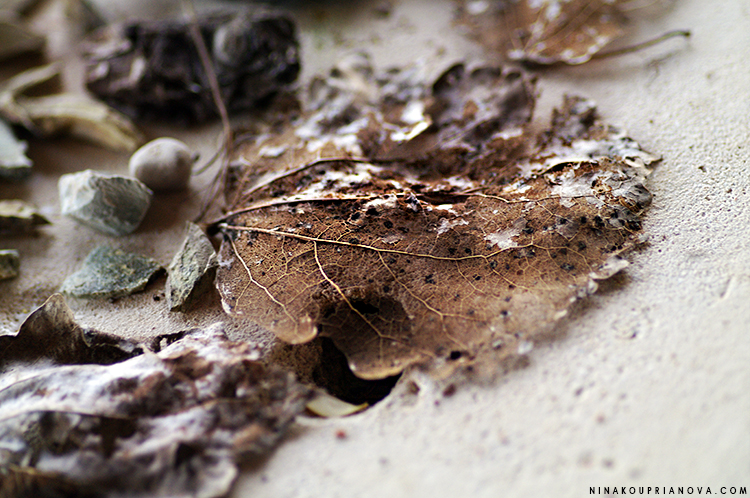




![399271_10200184634804931_215896256_n[1].jpg](https://images.squarespace-cdn.com/content/v1/50b5a03de4b0bff1329468ec/1369029876540-71A9QQ00YI17PGX1MN4H/399271_10200184634804931_215896256_n%5B1%5D.jpg)
![156944_10200184633284893_73728175_n[1].jpg](https://images.squarespace-cdn.com/content/v1/50b5a03de4b0bff1329468ec/1369029910987-WK1GNBMS803WT7SO5NNQ/156944_10200184633284893_73728175_n%5B1%5D.jpg)



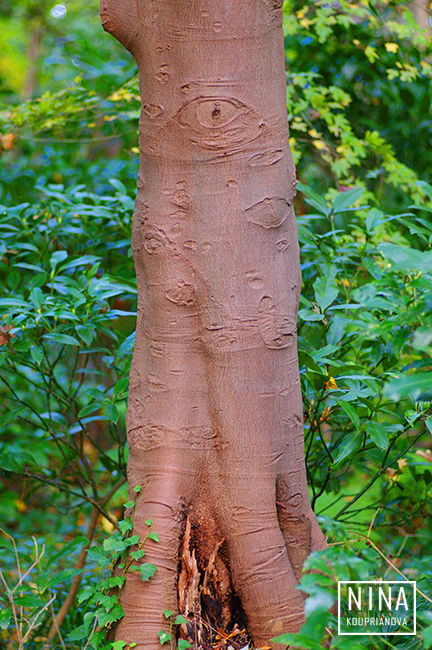
![23729_10200235353792874_1088150428_n[1].jpg](https://images.squarespace-cdn.com/content/v1/50b5a03de4b0bff1329468ec/1369029973046-GIO0Y8PRW2PSZDIYDOZN/23729_10200235353792874_1088150428_n%5B1%5D.jpg)
![484236_10200184629524799_489925829_n[1].jpg](https://images.squarespace-cdn.com/content/v1/50b5a03de4b0bff1329468ec/1369029857841-CB37MFBJD8O6VXA04M7Y/484236_10200184629524799_489925829_n%5B1%5D.jpg)